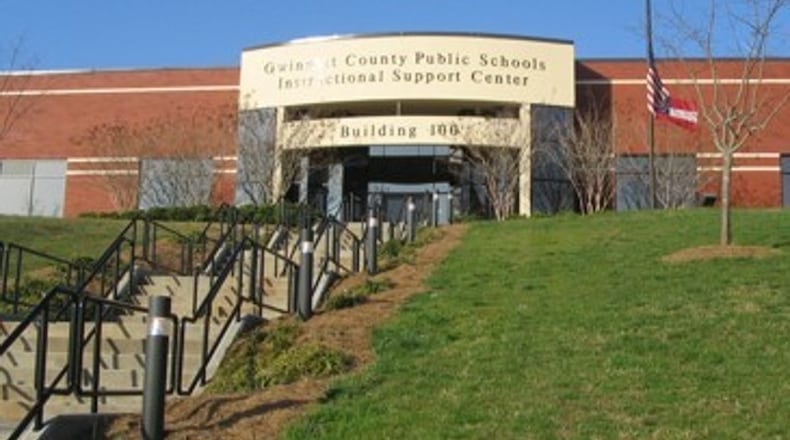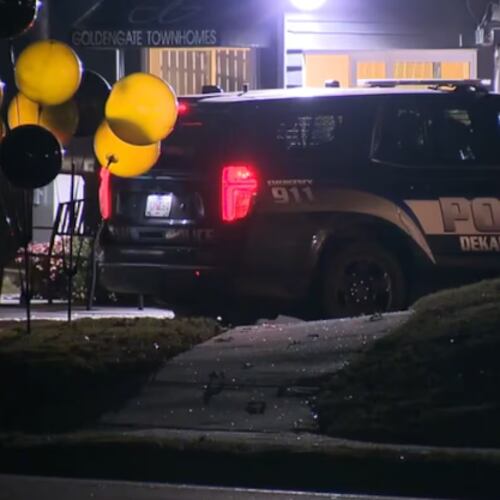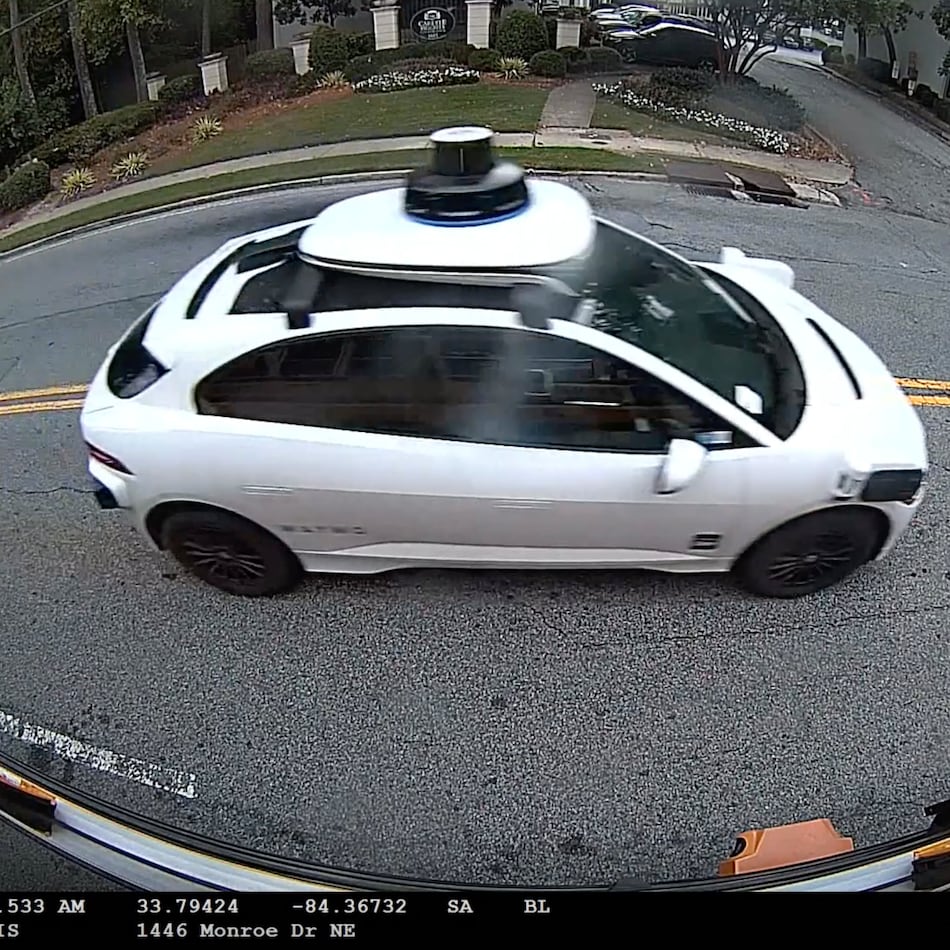Members of the Gwinnett County Board of Education recently responded on social media to the statewide debate over teaching critical race theory.
A day after the Georgia Board of Education asserted the state and country are not racist and resolved to limit classroom discussions on race, Everton Blair Jr., chair of the Gwinnett school board, posted a lengthy response.
In a statement on Twitter, he said that the state social studies and history curriculum does not contain anything racially critical.
“We’re manufacturing outrage around a problem that isn’t even present, over a concept that most of us haven’t even understood,” Blair said.
He went on to say past discrimination contributes to discrepancies in economic security, health care and education.
“I get it, we’re very ashamed,” he said. “We don’t want our children to feel bad for things that they did not do.”
Masking shameful elements of history teaches children a false reality and denies their potential as learners capable of complex thought, he said.
“We will only do better when we acknowledge where we must improve,” he said, adding that time spent sanitizing history instead needs to be devoted to reckoning with it.
“Interestingly, this is exactly why critical race theory exists,” he said.
In another Twitter thread, board member Tarece Johnson said, “Education can cure hate because it provides a foundation of learning about ourselves and others. Teaching about the stories of all of the people who make America great may also help students develop empathy and understanding.”
She said students are capable of thinking critically and distinguishing past from present.
“No one group of people should be erased or made invisible because of fear, privilege, power, and/or fragility,” Johnson said. “Let’s all learn historical truths and move forward with compassion, empathy, and grace. We are all human beings with lived experiences and stories that should be told from our voices.”
Gwinnett County Public Schools is the largest school system in Georgia, with an estimated enrollment of 177,000 across 139 schools.
About 80% of students are nonwhite. Black and Hispanic students each make up about one third of the student population. Another 11% are Asian American or Pacific Islanders and 4% are multiracial.
About the Author
The Latest
Featured



